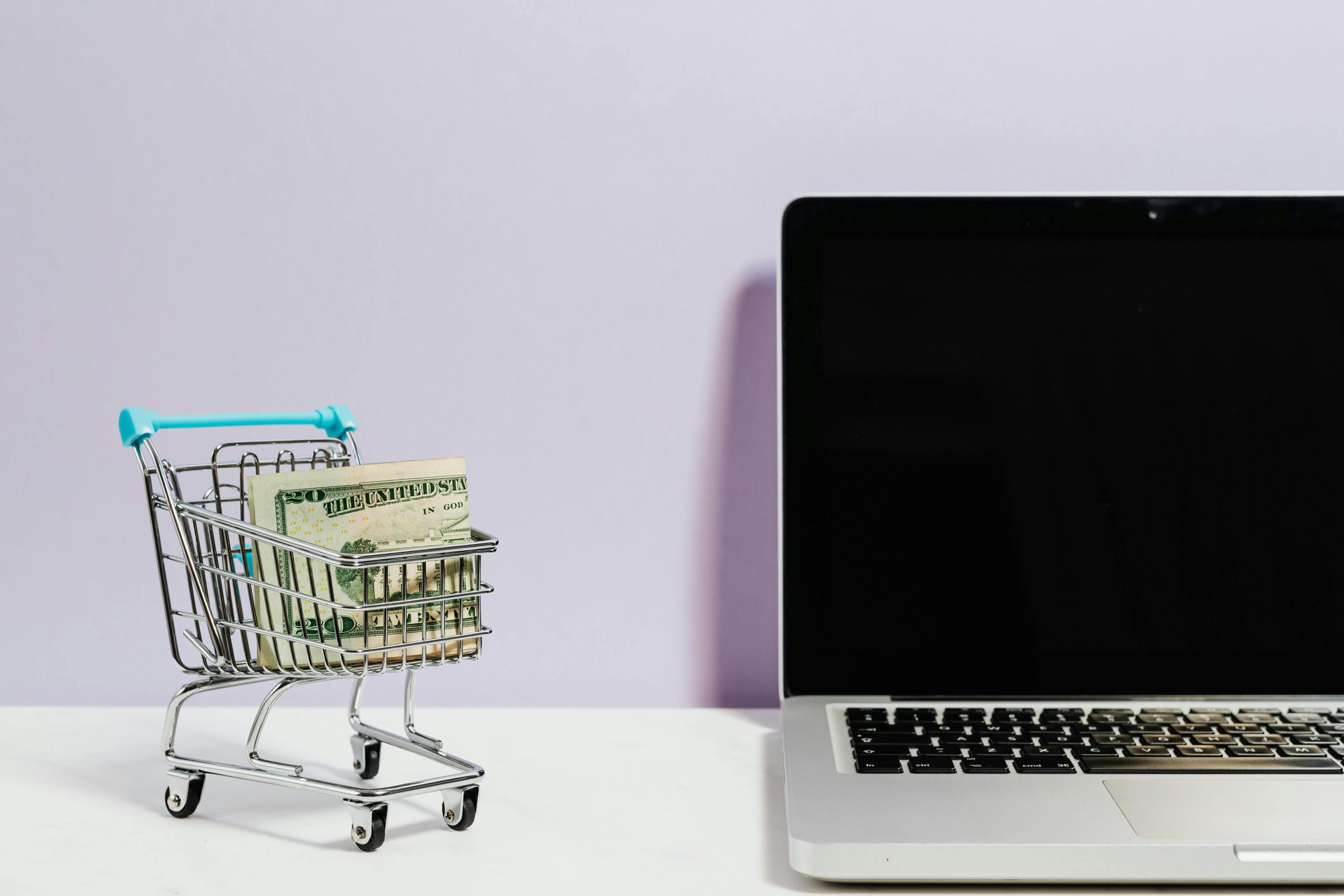Picture a store with endless foot traffic and your products on the shelf by tomorrow. That’s the appeal of reselling on Amazon. Whether you’re testing the waters with a handful of items or lining up steady inventory, the marketplace gives you reach from day one.
Below, you’ll learn the practical steps: setting up in Seller Central, picking products that actually move, handling fulfillment, and triggering that first order.
What Does Reselling on Amazon Actually Mean?
Before diving into the how-to, let’s clear up what “reselling” really means. In simple terms, reselling on Amazon is when you purchase items (from retail stores, wholesalers, or even your own unused items) and then list them for sale on Amazon’s marketplace.
There are different models of reselling:
- Retail Arbitrage – Buying discounted items from local stores and selling them on Amazon at a higher price.
- Online Arbitrage – Similar to retail arbitrage, but sourcing items online instead of in-person.
- Wholesale Reselling – Buying products in bulk from a supplier and reselling them individually.
- Private Label – Creating your own branded version of a popular product and selling it on Amazon.
Most beginners start with retail or online arbitrage because it requires less upfront investment.
Step 1: How Do You Set Up a Seller Account on Amazon?

You can’t resell on Amazon without a seller account, and the setup process is simple:
- Visit Amazon Seller Central – Go to sellercentral.amazon.com.
- Choose Your Plan –
- Individual Plan: $0.99 per item sold, no monthly fee. Great for testing.
- Professional Plan: $39.99/month, unlimited items. Best if you plan to sell at volume.
- Provide Business Information – Amazon requires your legal name, address, tax information, and bank details for payouts.
- Verify Identity – You’ll upload documents and sometimes participate in a short video call for verification.
Once approved, you’ll have access to the Seller Central dashboard—your hub for managing listings, inventory, and sales.
Step 2: What Products Should You Resell on Amazon?
One of the biggest parts of learning how to start reselling is figuring out which products are actually worth your time. Here’s how to decide:
- Check Sales Rank (BSR): Amazon gives each product a Best Seller Rank. Lower numbers (like #500) mean the item sells quickly.
- Profit Margins: Use a free calculator (like the Amazon Revenue Calculator) to check fees and potential profits.
- Restricted Categories: Some products—such as food, supplements, or branded items—require approval to sell. Always check before investing.
- Demand & Seasonality: Focus on products that sell year-round (toys, home goods, electronics accessories) and add seasonal items when appropriate.
Pro Tip: Start small. Test a few different items instead of putting all your money into one product.
Step 3: How to List Products for Sale
Once you’ve chosen products, it’s time to list them on Amazon. Here’s the process:
- Search for the Product – Go to “Add a Product” in Seller Central and search by UPC, ISBN, or product name.
- Match Existing Listings – In most cases, you’ll sell under an existing product page rather than creating your own.
- Set Price and Condition – Choose between “New” or “Used” and enter your price.
- Decide on Fulfillment – You can fulfill orders yourself (FBM) or let Amazon handle storage, packing, and shipping (FBA).
Step 4: Should You Use FBA or Fulfill Orders Yourself?
One of the biggest decisions you’ll make is whether to use Fulfillment by Amazon (FBA) or Fulfilled by Merchant (FBM).
- FBA (Fulfillment by Amazon):
- You ship products to Amazon’s warehouse.
- Amazon handles storage, packing, shipping, and customer service.
- Products become Prime-eligible, which can increase sales.
- Downsides: Storage fees and prep requirements.
- FBM (Fulfilled by Merchant):
- You keep products at home and ship directly to customers.
- Lower fees, but more work for you.
- Useful for items with low turnover or oversized products.
Most beginners prefer FBA because it saves time and increases exposure.
Step 5: How to Price Your Products
Pricing can make or break your reselling success. Too high and you won’t get sales. Too low and your profits disappear.
Here are smart pricing strategies:
- Check the Buy Box: Most sales go to the seller who wins the Buy Box. Try to match or slightly undercut the Buy Box price.
- Factor in Fees: Amazon fees can take 15–30% of your sale price, depending on category and fulfillment method.
- Avoid Race to the Bottom: Don’t always slash prices to compete. Consider value, shipping time, and seller ratings.
Step 6: How Do You Get Your First Sale?

That first sale is the hardest, but once it happens, momentum builds. Here’s how to speed it up:
- Choose Products with Proven Demand: Don’t gamble on obscure items.
- Set a Competitive Price: Undercut the competition slightly at first.
- Use FBA for Visibility: Prime-eligible products sell faster.
- Optimize Your Listings: Even if you’re sharing a product page, make sure your offer stands out with faster shipping or better condition.
- Run a Small Promotion: Offering coupons or temporary discounts can boost early sales.
Step 7: What Happens After You Sell?
Congratulations—you’ve made your first sale. But what comes next?
- Track Your Inventory: Don’t let items go out of stock.
- Monitor Feedback: Good reviews help you win the Buy Box more often.
- Reinvest Profits: Use your earnings to source more inventory.
- Analyze What’s Working: Double down on items that sell quickly and drop the ones that don’t.
Common Mistakes to Avoid When Reselling on Amazon
Even though reselling on Amazon is simple, beginners often run into pitfalls. Here are the most common mistakes to watch out for:
- Ignoring Amazon’s restricted categories.
- Overestimating profit without calculating fees.
- Buying too much inventory before testing demand.
- Neglecting customer service (feedback is critical).
- Forgetting about storage fees when using FBA.
Is Reselling on Amazon Still Worth It in 2025?
With competition increasing, many people wonder if reselling on Amazon is still a good business model. The short answer: Yes, but only if you approach it strategically.
Amazon continues to dominate e-commerce, with millions of customers shopping daily. While competition is real, so is demand. Success comes from finding the right products, managing margins carefully, and providing excellent service.
Wrapping Up
Reselling on Amazon isn’t complicated once you know the steps. You sign up, choose your products wisely, list them properly, and focus on customer satisfaction. That first sale is just the beginning, and with consistency, you can turn reselling into a reliable side hustle—or even a full-time business.
If you’re serious about getting started, begin small. Pick a few products, test the waters, and learn the ropes. With patience and persistence, reselling on Amazon can open the door to financial flexibility and long-term success.

